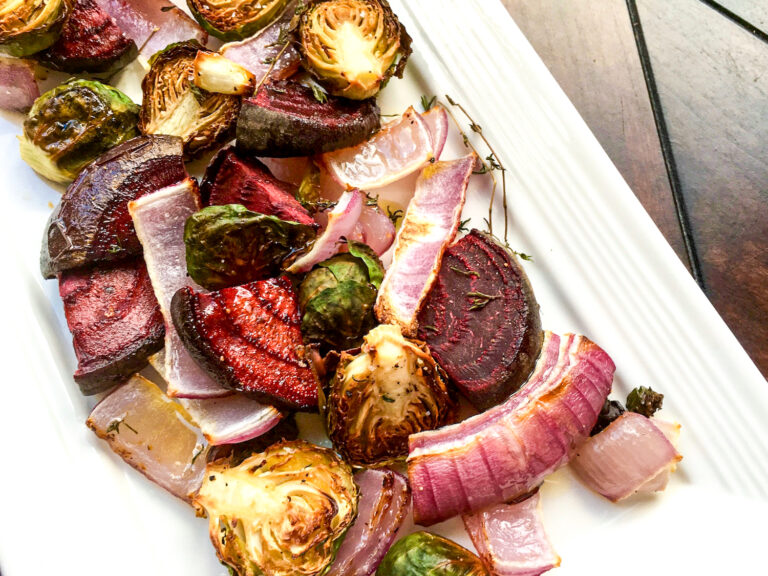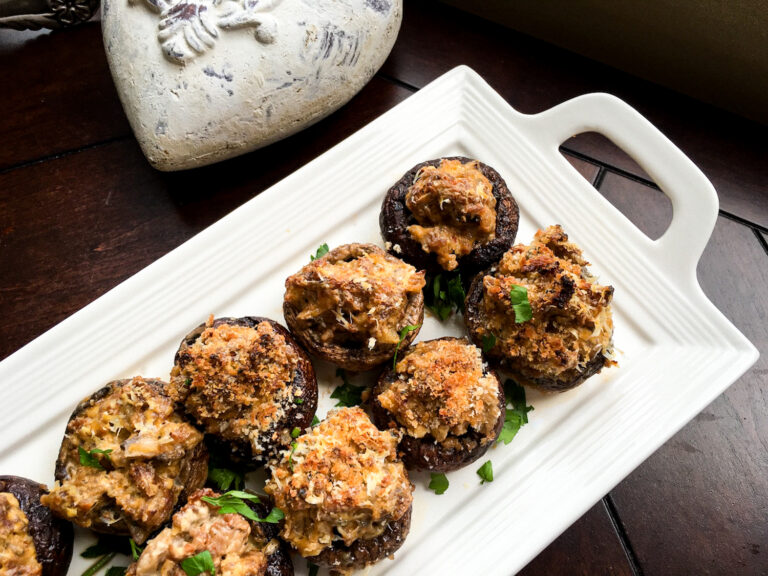15 Budget-Friendly Cooking Tips to Slash Food Waste
Reducing food waste is an environmentally friendly and smart financial move that can significantly lower your grocery bills. By making small yet impactful changes in how you plan, shop, cook, and store food, you can extend the life of your ingredients and ensure that nothing goes to waste. This means getting the most value for your money and enjoying more flavorful and diverse meals throughout the week.
These practical tips are designed to help you make the most out of every ingredient, minimize waste, and take a more mindful approach to cooking. Whether you’re feeding a large family or just cooking for yourself, these strategies will help you slash food waste while keeping your meals exciting and satisfying. Here are 15 budget-friendly cooking tips to help you maximize your groceries, reduce waste, and make every bite count.
Plan Your Meals in Advance

Planning your meals for the week can significantly reduce food waste and save you both time and money. When you take the time to plan your meals, you can create a detailed shopping list that includes only the ingredients you need, which helps prevent unnecessary purchases that might end up forgotten in the back of your fridge. Meal planning also allows you to strategically use ingredients across multiple dishes, ensuring that nothing goes to waste.
By knowing exactly what you’ll be cooking each day, you can avoid the temptation of last-minute takeout, which can be both expensive and wasteful. Planning your meals also allows you to include seasonal ingredients, which are often more affordable and fresh, further enhancing the taste and quality of your meals.
Shop with a List

Going grocery shopping with a well-thought-out list based on your meal plan is one of the most effective ways to reduce food waste. A shopping list helps you stay focused on buying only what you need, saving money, and preventing impulse purchases that often lead to unnecessary waste. When you stick to your list, you’re less likely to end up with items that you don’t have a plan for, which means they’re more likely to be used before they spoil.
A list can help you navigate the grocery store more efficiently, reducing the time you spend shopping and the chances of forgetting essential items. To make your list even more effective, consider grouping items by category, such as produce, dairy, and pantry staples, which makes it easier to find everything you need. This simple yet powerful habit can save significantly over time and contribute to a more organized and waste-free kitchen.
Store Food Properly

Proper food storage is crucial for extending the shelf life of your groceries and reducing waste. Different foods require different storage methods to stay fresh, so it’s important to know how to store each type of food correctly. For example, some fruits and vegetables, like apples and carrots, do best in the crisper drawer of your fridge, while others, like tomatoes and bananas, should be kept at room temperature.
Using airtight containers for dry goods such as pasta, rice, and cereals can prevent them from becoming stale or infested with pests. Organizing your fridge and pantry so that older items are at the front and newer purchases are at the back helps ensure that you use up what you already have before it goes bad. Learning and applying these storage techniques can dramatically reduce food waste by keeping your ingredients fresh and ready to use when needed.
Use Leftovers Creatively

Leftovers don’t have to be something you dread eating the next day—they can be a source of inspiration for new, creative dishes. Thinking outside the box allows you to transform last night’s dinner into something completely different and equally delicious. For instance, leftover roast chicken can be shredded and added to a salad, mixed into a stir-fry, or used as a filling for tacos or sandwiches. Extra vegetables from a side dish can be incorporated into an omelet, added to a soup, or blended into a sauce.
Even small amounts of leftovers can be turned into appetizers, snacks, or components of larger meals. This approach not only helps you reduce waste but also keeps your meals varied and interesting, so you never feel like you’re eating the same thing over and over again. By being creative with leftovers, you can make the most of every ingredient and avoid the guilt of throwing away food.
Freeze Extra Portions
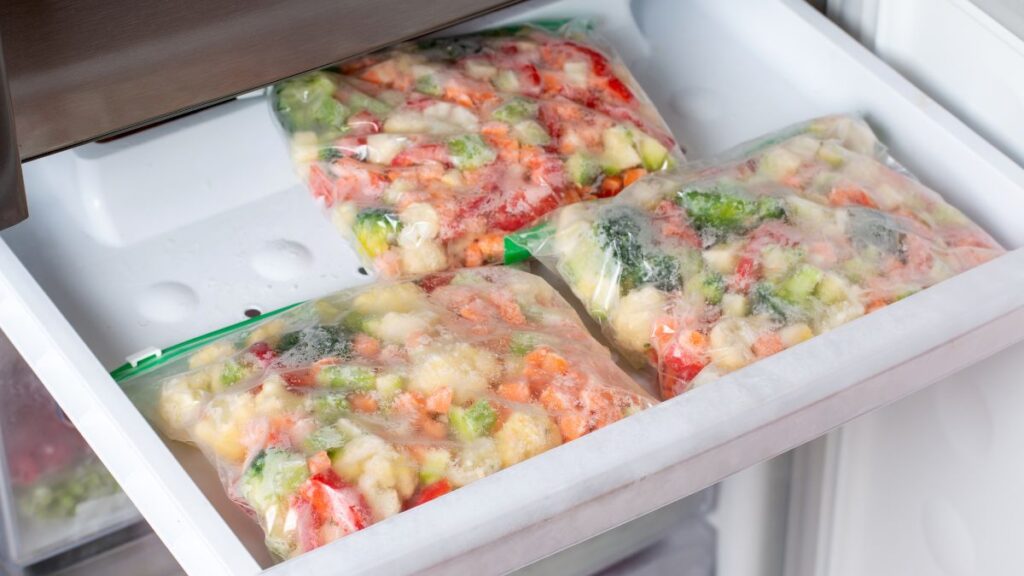
Freezing is a powerful tool for preserving food and preventing waste, especially when you’ve made more than you can eat in one sitting. Instead of letting extra portions go to waste, portion them out into individual servings and freeze them for future meals. This is particularly useful for dishes like soups, stews, casseroles, and pasta sauces, which freeze well and can be reheated with minimal effort.
Having a selection of frozen meals on hand can also be a lifesaver on busy days when you don’t have time to cook from scratch, saving you the cost and calories of ordering takeout. To make freezing even more efficient, label each container with the date and contents so you can easily track what you have and use it before it’s past its prime. Freezing extends your food’s life and allows you to enjoy homemade meals even when you’re short on time.
Buy in Bulk Wisely

Buying in bulk can be a great way to save money, but it’s important to do so wisely to avoid creating waste. Bulk buying is most effective for non-perishable items like rice, beans, pasta, and canned goods, which have a long shelf life and can be stored for extended periods without spoiling. However, for perishable items, it’s crucial to have a plan in place to use them up before they go bad.
For instance, if you buy a large quantity of fresh produce, consider freezing some of it for later use or planning meals to use it up within the week. Additionally, if you’re purchasing in bulk for a household, ensure everyone is on board with consuming the items before they expire. By being strategic about bulk purchases, you can take advantage of lower prices without the risk of food waste, ensuring that every penny you spend goes to good use.
Cook in Batches
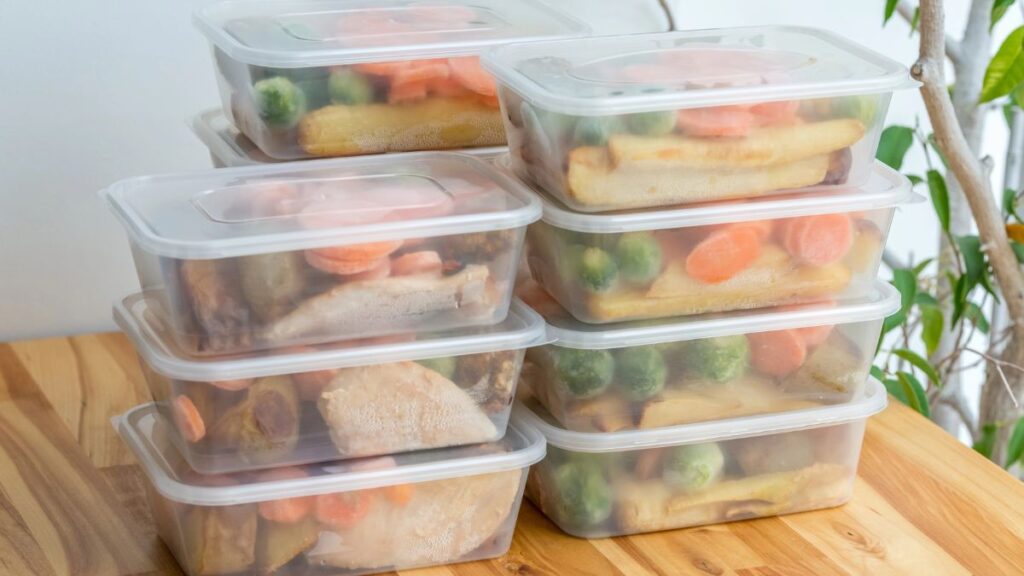
Batch cooking is an efficient and economical way to prepare meals, reducing food waste and saving time and energy. By cooking large quantities of a dish at once, you can portion out the leftovers for future meals, which can be stored in the fridge or freezer. This method works particularly well for dishes like soups, stews, chili, casseroles, and pasta dishes, which often taste even better the next day.
Batch cooking also allows you to take advantage of sales or seasonal produce, as you can prepare and preserve large amounts of food when it’s most affordable. Additionally, having pre-cooked meals on hand reduces the temptation to order takeout on busy nights, which can help you stick to your budget and eat healthier. With batch cooking, you’re making the most of your time in the kitchen while ensuring that nothing goes to waste.
Make Stock from Scraps
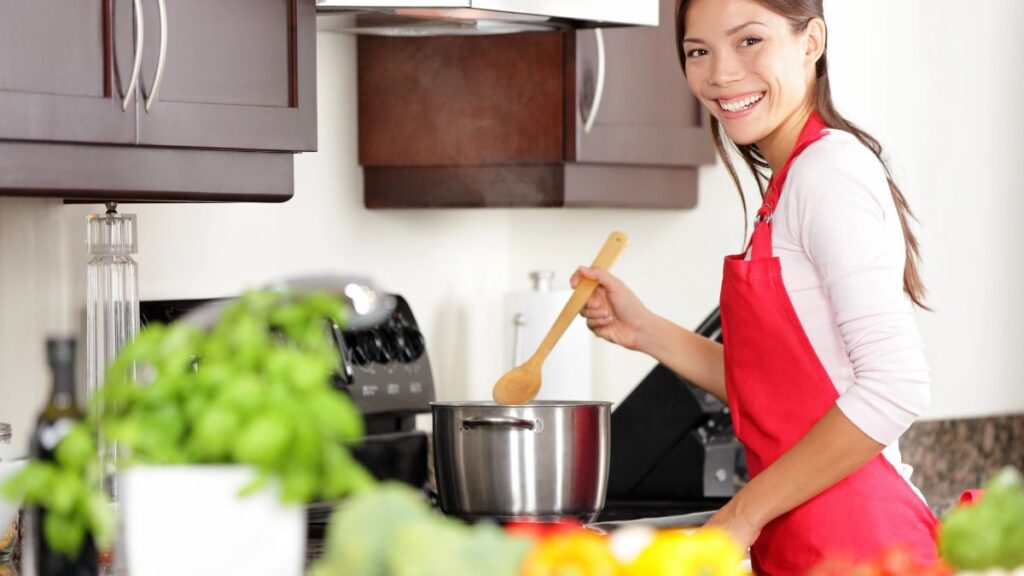
One of the easiest and most rewarding ways to reduce food waste is by making your own stock from kitchen scraps. Vegetable peels, herb stems, chicken bones, and other odds and ends that might otherwise be thrown away can be simmered into a rich, flavorful stock that serves as the base for soups, stews, sauces, and more.
This process gives new life to ingredients that might otherwise be discarded and adds depth and complexity to your cooking without any additional cost. Simply collect your scraps in a freezer bag until you have enough to make a batch of stock, then simmer them with water and a few seasonings. Once made, the stock can be frozen in portions for future use, ensuring that you always have a homemade, zero-waste option on hand. This practice reduces waste and elevates your cooking by providing a homemade alternative to store-bought stock.
Embrace “Ugly” Produce
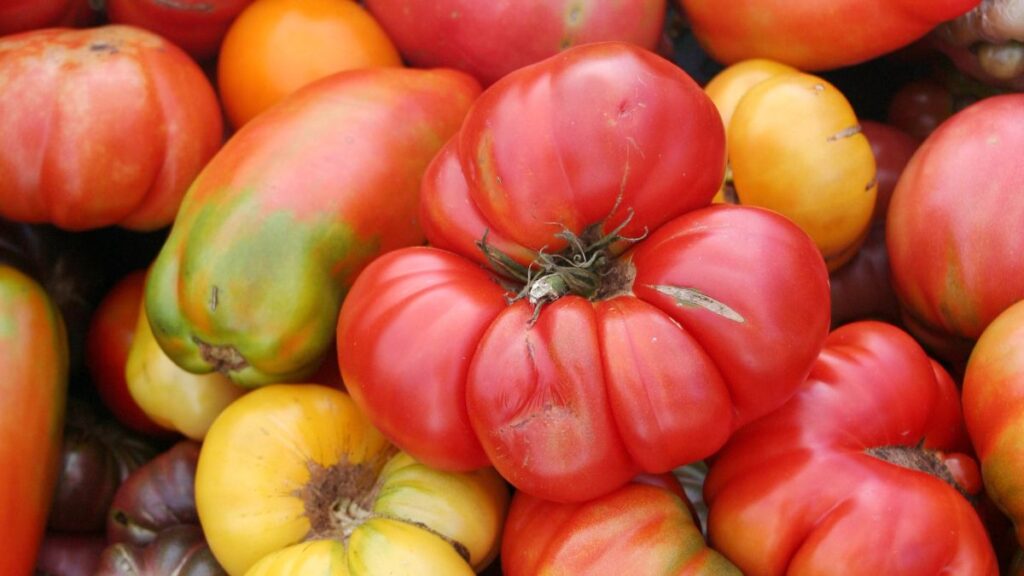
“Ugly” produce, which refers to fruits and vegetables that are misshapen, blemished, or otherwise imperfect in appearance, is often just as nutritious and delicious as its more aesthetically pleasing counterparts. Despite this, many people overlook these items in favor of perfect-looking produce, leading to unnecessary waste.
By embracing ugly produce, you can help reduce food waste while also saving money, as these items are often sold at a discount. Whether it’s a slightly misshapen carrot, a bruised apple, or a wonky tomato, these fruits and vegetables are perfectly good to eat and can be used in all the same ways as their prettier counterparts. In fact, once they’re chopped, cooked, or blended into a dish, you won’t even notice the imperfections. Giving ugly produce a chance reduces waste and supports a more sustainable and inclusive food system.
Use Up Dairy Before It Expires

Dairy products like milk, cheese, yogurt, and cream often have a shorter shelf life, making it essential to use them up before they spoil. To avoid wasting these items, plan your meals around them, such as incorporating milk into soups, sauces, or baked goods or using cheese in various dishes like casseroles, pizzas, or sandwiches.
If you can’t use dairy products quickly enough, consider freezing them—milk and cheese can be frozen for later use, though the texture might change slightly after thawing. Yogurt can be added to smoothies or used as a base for sauces and dressings, ensuring that none goes to waste. By being mindful of the expiration dates on dairy products and finding creative ways to use them, you can enjoy these perishable items to the fullest and minimize waste in your kitchen.
Grow Your Own Herbs

Growing your own herbs is a simple, cost-effective way to always have fresh, flavorful ingredients on hand without the risk of waste. Herbs like basil, parsley, mint, and thyme can be easily grown in small pots on a windowsill, balcony, or garden, providing a steady supply of fresh leaves whenever needed. By growing your own herbs, you can pick just the amount you need for a recipe, which prevents the leftover herbs from wilting in the fridge.
Many herbs are easy to propagate, meaning you can grow more plants from cuttings or seeds, further increasing your supply at little to no cost. Having fresh herbs on hand can elevate the flavor of your dishes and reduce your reliance on store-bought options, which often come in large bundles that may go to waste before you can use them all. Growing your own herbs is a rewarding way to reduce waste and enhance your cooking.
Repurpose Stale Bread

Stale bread doesn’t have to be thrown away—it can be repurposed into various delicious and useful ingredients that add flavor and texture to your meals. Instead of discarding bread that has gone stale, consider turning it into homemade croutons for salads and soups, or grind it into breadcrumbs for coating meats, adding to meatballs, or using it as a topping for casseroles. Stale bread can also be used in sweet dishes like bread pudding French toast or even as a base for savory strata.
If you have more stale bread than you can use immediately, you can freeze it and use it later when needed. By finding creative ways to repurpose stale bread, you’re reducing waste and getting more value from a typical kitchen staple, making your meals more economical and flavorful.
Use All Parts of Vegetables
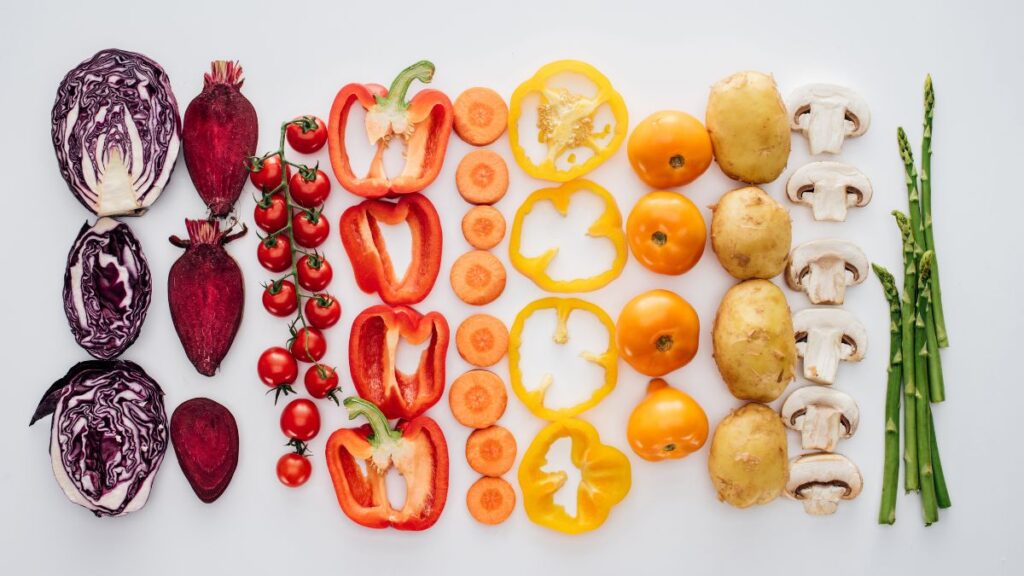
Many parts of vegetables that are often discarded, such as broccoli stems, carrot tops, and beet greens, are actually edible and packed with nutrients. Instead of throwing these parts away, consider incorporating them into your meals. Broccoli stems can be peeled and sliced for stir-fries or salads, carrot tops can be blended into pesto or added to soups, and beet greens can be sautéed like spinach or used in salads.
Using whole vegetables reduces waste and adds variety and nutrition to your diet. Additionally, using all parts of vegetables encourages creativity in the kitchen as you find new ways to incorporate these often-overlooked ingredients into your cooking. By making the most of every part of the vegetable, you’re maximizing the value of your groceries and enjoying more diverse and nutritious meals.
Check Your Fridge Regularly

Regularly checking your fridge is a simple yet effective way to reduce food waste and keep your kitchen organized. Reviewing your fridge for a few minutes each week, you can identify items that need to be used up soon and plan your meals accordingly. This helps prevent food from going bad and ensures you use everything you buy.
To make it easier to keep track of what needs to be used first, try organizing your fridge so that older items are at the front and newer ones are at the back. This way, you’re more likely to use ingredients before expiration. Additionally, keeping an eye on your fridge inventory helps you avoid buying duplicates of items you already have, saving you money and reducing the chances of waste. By making regular fridge checks a habit, you can stay on top of your groceries and minimize waste in your kitchen.
Compost Food Scraps
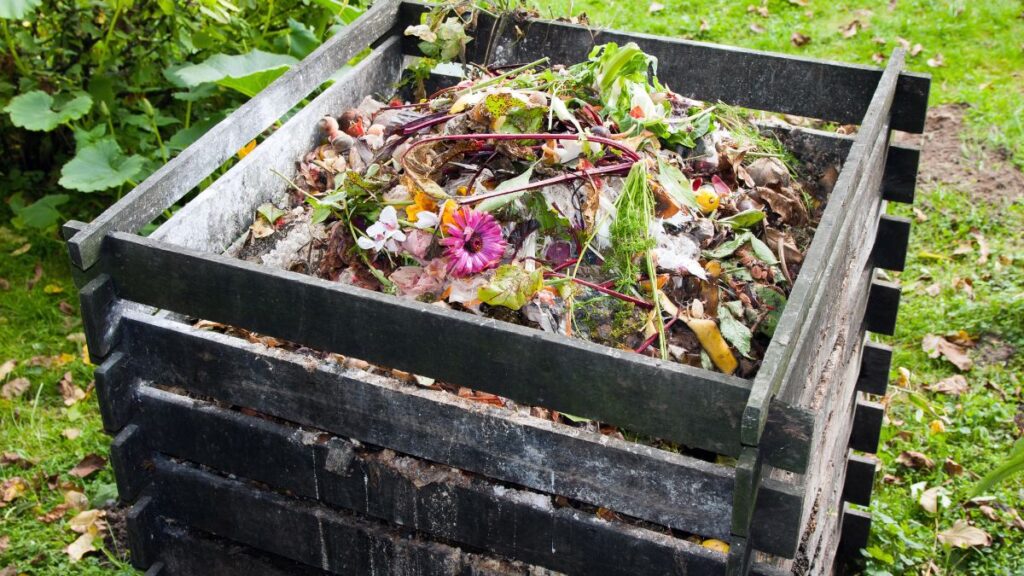
Even with the best efforts to reduce food waste, some scraps are inevitable. Composting is an excellent way to ensure that these leftovers don’t go to waste but instead contribute to a healthy, sustainable garden. Food scraps like fruit and vegetable peels, coffee grounds, eggshells, and tea bags can be composted to create nutrient-rich soil that helps plants thrive.
Composting reduces the amount of waste that ends up in landfills and provides a valuable resource for your garden. If you don’t have a garden, you can still compost by using a small kitchen composter or participating in a local composting program. By turning your food scraps into compost, you’re closing the loop on waste and creating something beneficial for the environment, all while keeping your kitchen waste to a minimum.
Eating Right With Type 2 Diabetes: Stay Away From These 15 Foods

Managing type 2 diabetes involves making careful food choices to keep your blood sugar levels stable. Some foods can cause your blood sugar to spike, making it harder to manage your diabetes.
Eating Right With Type 2 Diabetes: Stay Away From These 15 Foods
15 Foods That Are Becoming Too Expensive To Buy Due To Skyrocketing Prices

Food costs have been steadily rising in recent years, impacting households worldwide. Various factors, such as climate change, supply chain disruptions, and increased demand, have contributed to the soaring prices of many staple foods.
15 Foods That Are Becoming Too Expensive To Buy Due To Skyrocketing Prices




